Fact Sheets
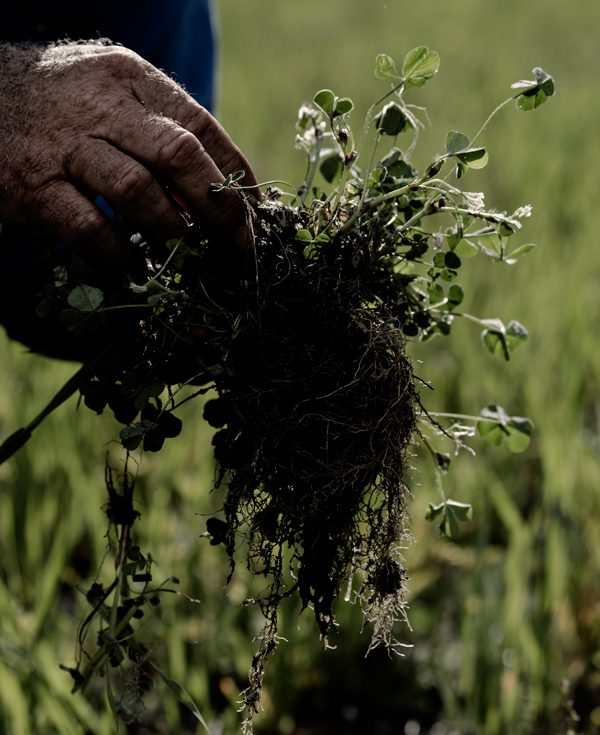
Fact Sheets
Wool and the Carbon Cycle
Learn how wool acts like a fertiliser by slowly releasing valuable nutrients and carbon back into the soil.
View detail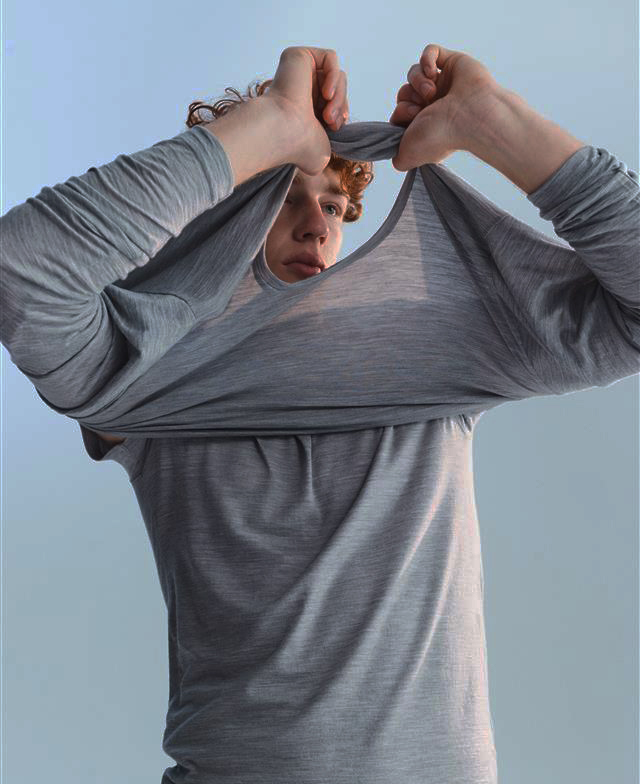
Fact Sheets
Wool is Good for the Skin
Recently published research has demonstrated that wearing superfine Merino wool next to the skin is beneficial for eczema sufferers. Wearing wool significantly improves the severity and symptoms of this chronic skin condition, challenging misconceptions that all wool is prickly and itchy.
View detail
Fact Sheets
Wool is Resistant to Fire
Wool is naturally fire-resistant, meaning it does not easily ignite and will self-extinguish when the flame source is removed. This makes it a safe and reliable material for use in clothing, bedding, and home furnishings.
View detail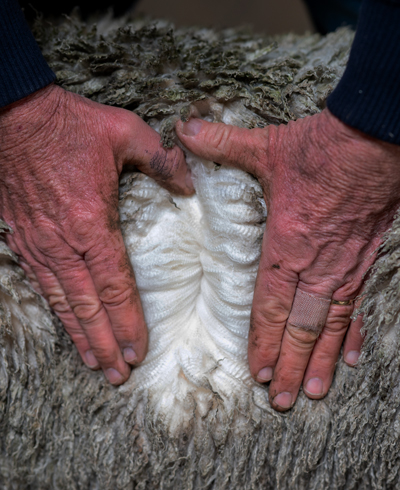
Fact Sheets
Wool is 100% Natural and Renewable
Every year, Australian sheep produce a new fleece, making wool a completely renewable fibre.
View detail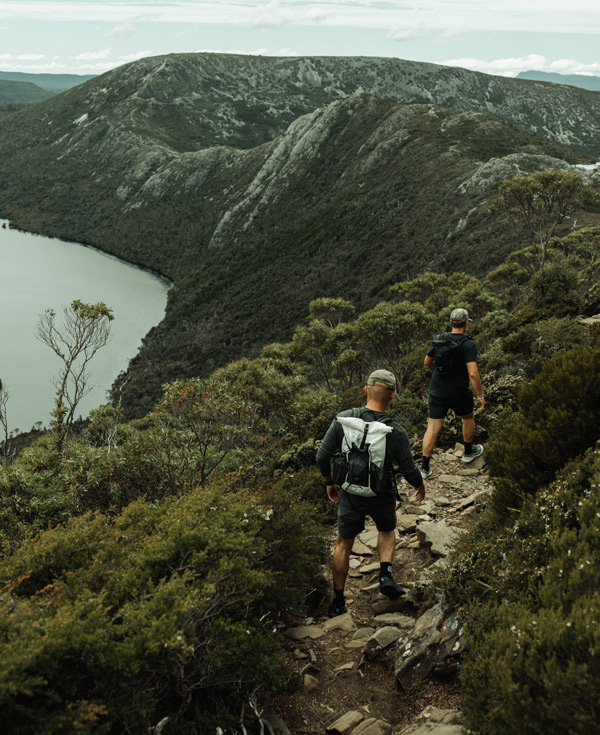
Fact Sheets
Wool is Biodegradable
Wool is a natural and renewable resource. Sheep grow wool naturally and continuously – it is part of their biological anatomy. When 100% Merino wool fabrics are disposed of, they will naturally decompose in soil in a matter of months or years, slowly releasing valuable nutrients back into the earth.
View detail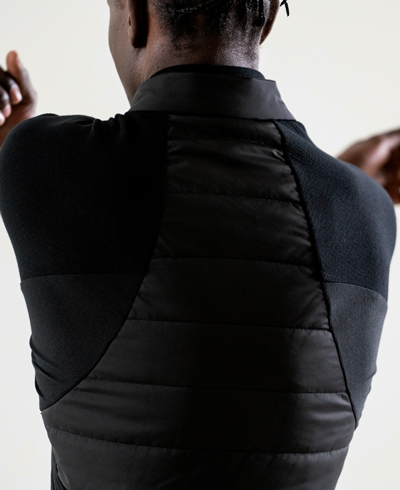
Fact Sheets
Wool is Naturally Odour Resistant
Wool garments and textiles are naturally odour resistant due to the fibres unique properties. Wool fibres can absorb large quantities of water vapour helping to keep the skin dier and prevent the build up of sweat, bacteria and unpleasant smells
View detail
Fact Sheets
Wool is Naturally Breathable
Wool fibres are naturally breathable. They can absorb large quantities of moisture vapour and allow it to evaporate, making wool garments feel less clingy and more comfortable than garments made from other fibres.
View detail
Fact Sheets
Measuring Wools Environmental Footprint
The wool industry is continuing to invest strongly in an accurate and scientifically credible assessment of wool’s environmental footprint from its cradle on the farm, through all life stages to wool’s ultimate biodegradation back into the soil.
View detailFacilitator Guides
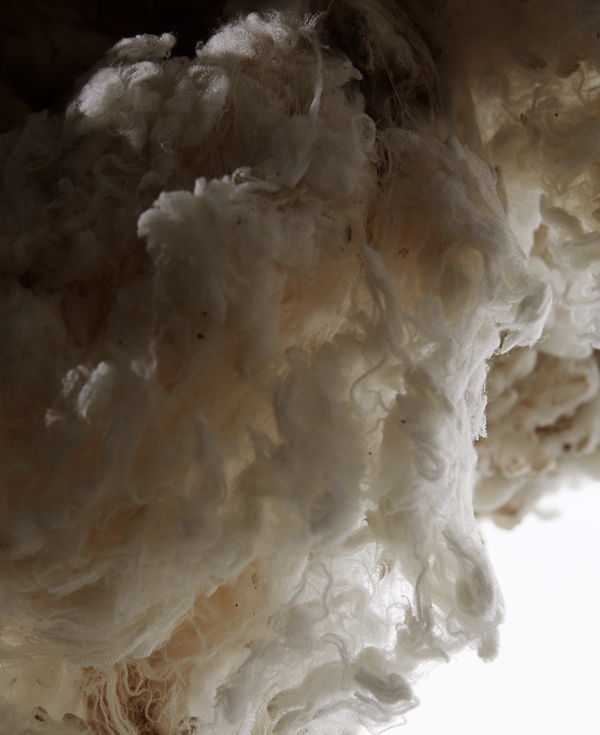
Facilitator Guides
Raw wool scouring facilitator guide
This Facilitator Guide supports delivery of the Raw Wool Scouring course within the Wool Science, Technology and Design Education Program. It helps you present technical content through clear, engaging lectures, practical demonstrations, and interactive discussions.
View detail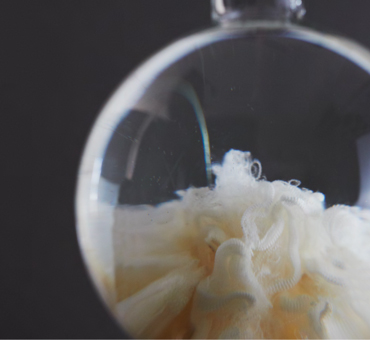
Facilitator Guides
Wool fibre science facilitator guide
This Facilitator Guide supports delivery of the Wool Fibre Science course within the Wool Science, Technology and Design Education Program. It helps you present technical content through clear, engaging lectures, practical demonstrations, and interactive discussions.
View detail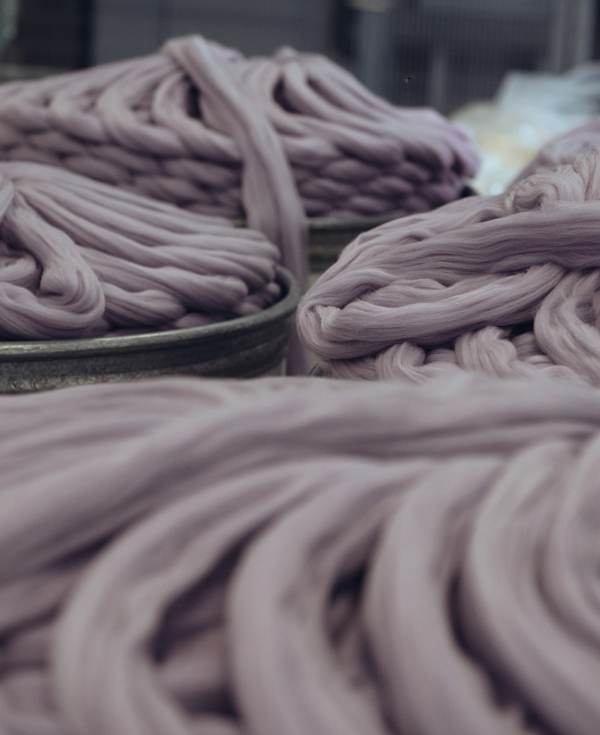
Facilitator Guides
Worsted top-making facilitator guide
This Facilitator Guide supports delivery of the Worsted Top-Making course within the Wool Science, Technology and Design Education Program. It helps you present technical content through clear, engaging lectures, practical demonstrations, and interactive discussions.
View detail
Facilitator Guides
Wool fabric finishing facilitator guide
This Facilitator Guide supports delivery of the Wool Fabric Finishing course within the Wool Science, Technology and Design Education Program. It helps you present technical content through clear, engaging lectures, practical demonstrations, and interactive discussions.
View detail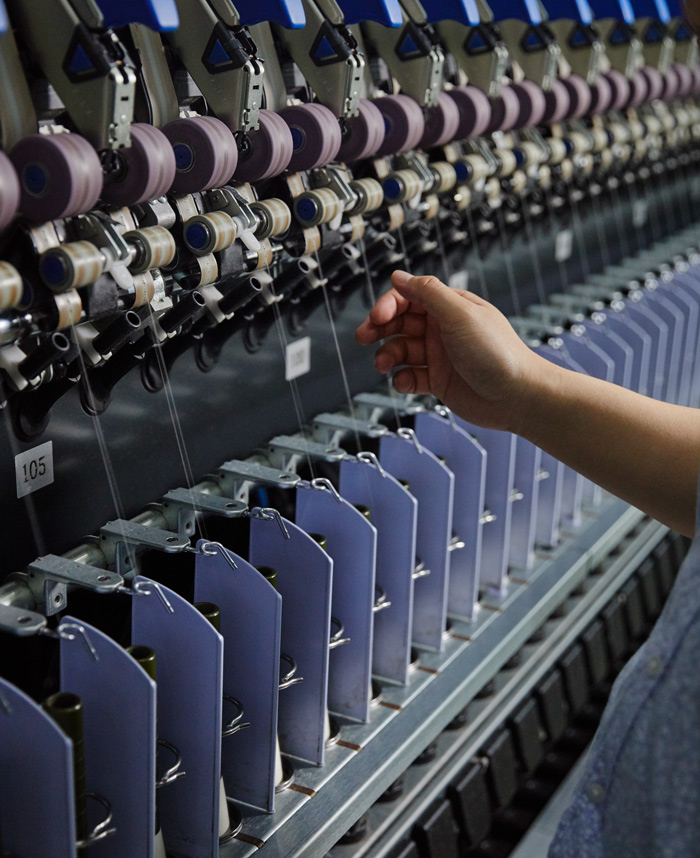
Facilitator Guides
Worsted & woollen spinning facilitator guide
This Facilitator Guide supports delivery of the Worsted & Woollen Spinning course within the Wool Science, Technology and Design Education Program. It helps you present technical content through clear, engaging lectures, practical demonstrations, and interactive discussions.
View detail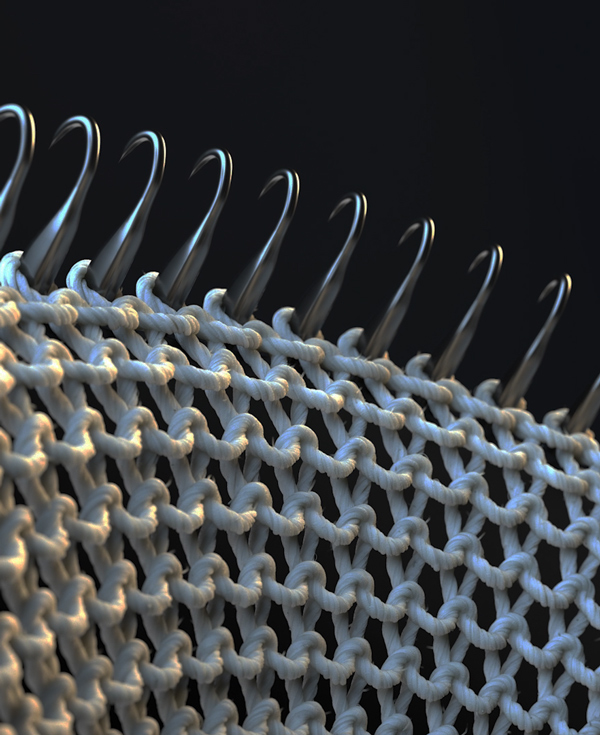
Facilitator Guides
Introduction to wool processing facilitator guide
This Facilitator Guide supports delivery of the Introduction to Wool Processing course within the Wool Science, Technology and Design Education Program. It helps you present technical content through clear, engaging lectures, practical demonstrations, and interactive discussions.
View detail
Facilitator Guides
The dyeing of wool facilitator guide
This Facilitator Guide supports delivery of the Wool Fibre Science course within the Wool Science, Technology and Design Education Program. It helps you present technical content through clear, engaging lectures, practical demonstrations, and interactive discussions.
View detailWebinars
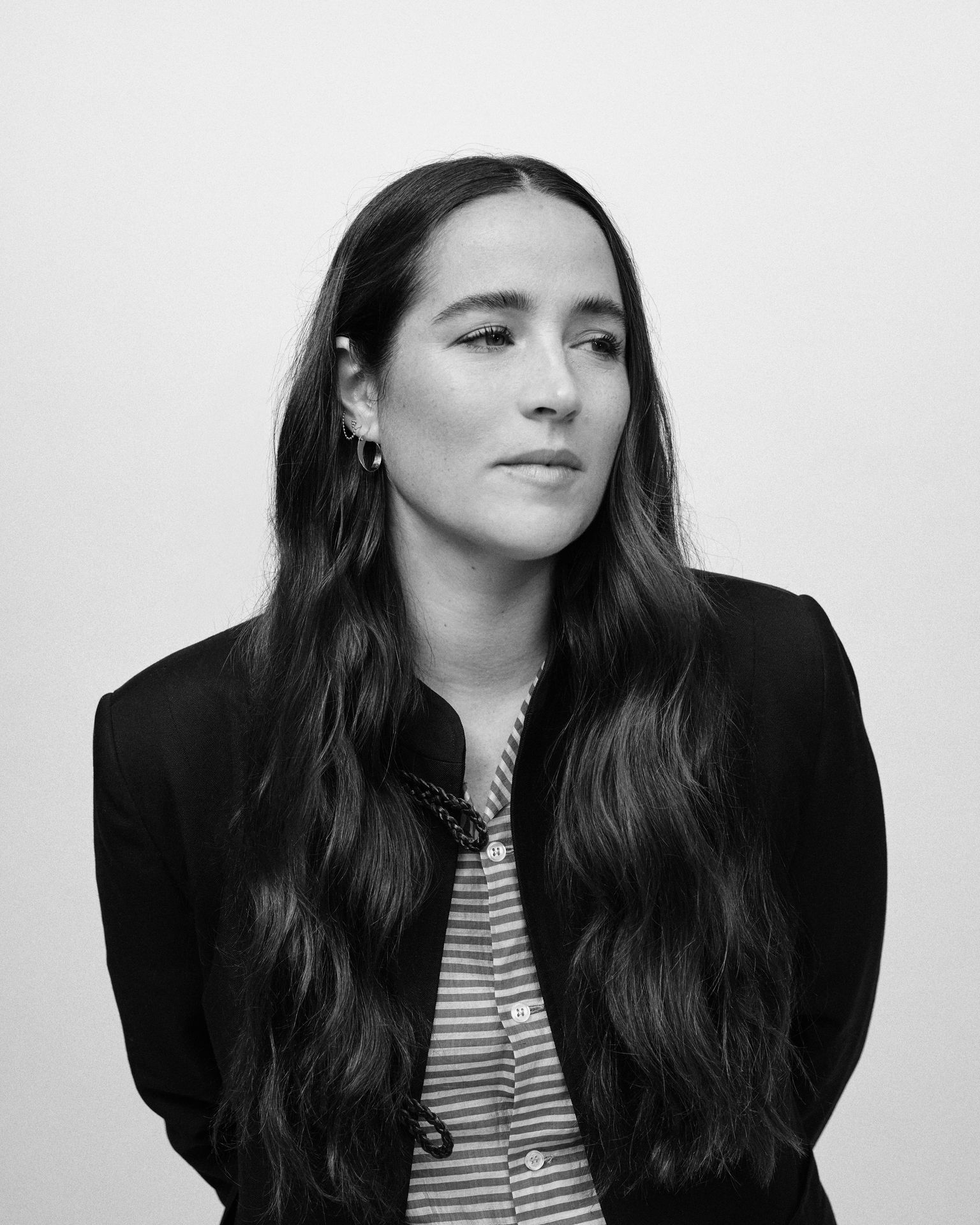
Webinars
The Art of Storytelling with Emily Bode webinar
BODE is a luxury menswear brand that launched with one-of-a-kind garments made from antique textiles. This Masterclass explores Emily Bode’s sustainable design approach, the role of brand storytelling, and innovative strategies for building a new business.
View detail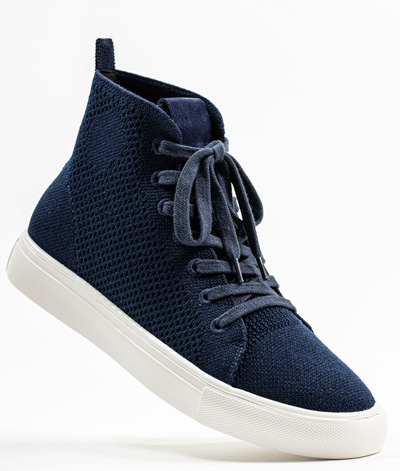
Webinars
Treading Lightly, Wool in Footwear webinar
Watch the online talk about the latest in knitting and yarn technology for Wool in Footwear with The Woolmark Company, Südwolle Group, STOLL by Karl Mayer and Kiefer von Zoe at D-house laboratorio urbano.
View detail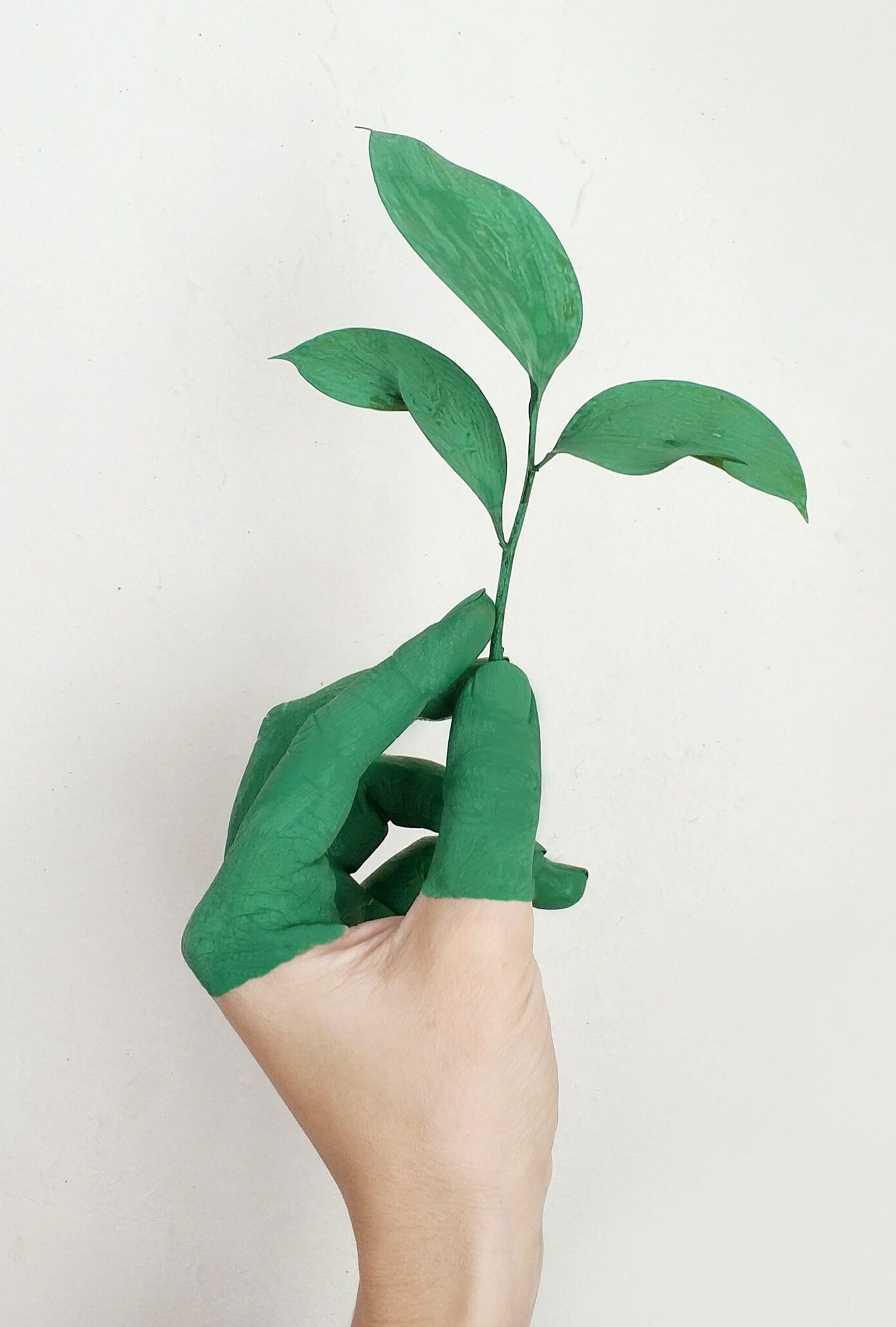
Webinars
Naturally Inspiring Seminar part 1
This webinar explores how wool is a responsible textile solution and a great partner for new technologies.
View detail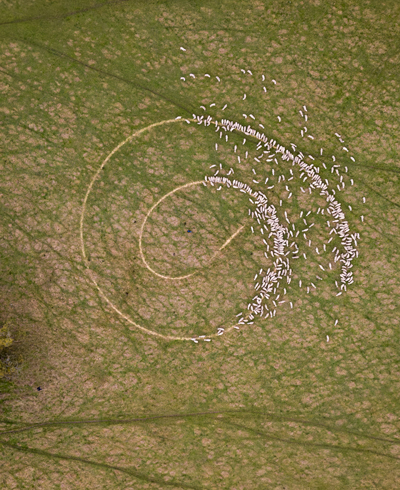
Webinars
Wool and Circularity webinar
How does wool fit into the circular economy? Expert Kjersti Kviseth discusses the challenges and opportunities for wool and the circular economy.
View detail
Webinars
Insight Series - Roland Mouret webinar
Roland Mouret’s journey has been an unlikely route to being among the best-loved names in British fashion – not least because he is French.
View detail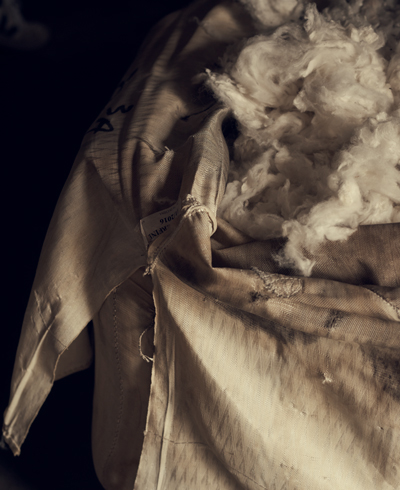
Webinars
Woven in time webinar
Having survived war, revolution and social upheaval, Merino wool was almost lost to the ravages of man-made fibres. Now it's making a comeback. Woven in time explores the fascinating history and remarkable qualities of Merino wool and follows its journey as it's transformed into beautifully woven fabric.
View detail
Webinars
Naturally Inspiring Seminar part 2
A panel of industry experts to discusses how emerging designers and creatives can develop their understanding of the opportunities throughout the global wool supply chain.
View detail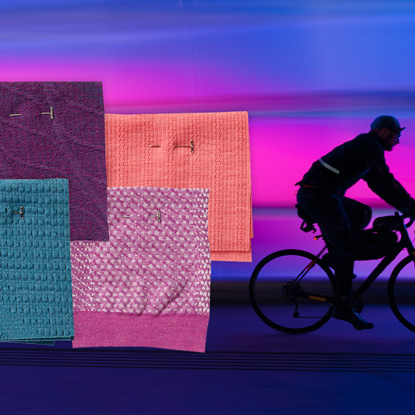
Webinars
Change Gears with Merino Wool webinar
Experts in seamless knitting and yarn development discuss how Merino wool is being used to drive new and exciting opportunities in markets such as cycling.
View detail